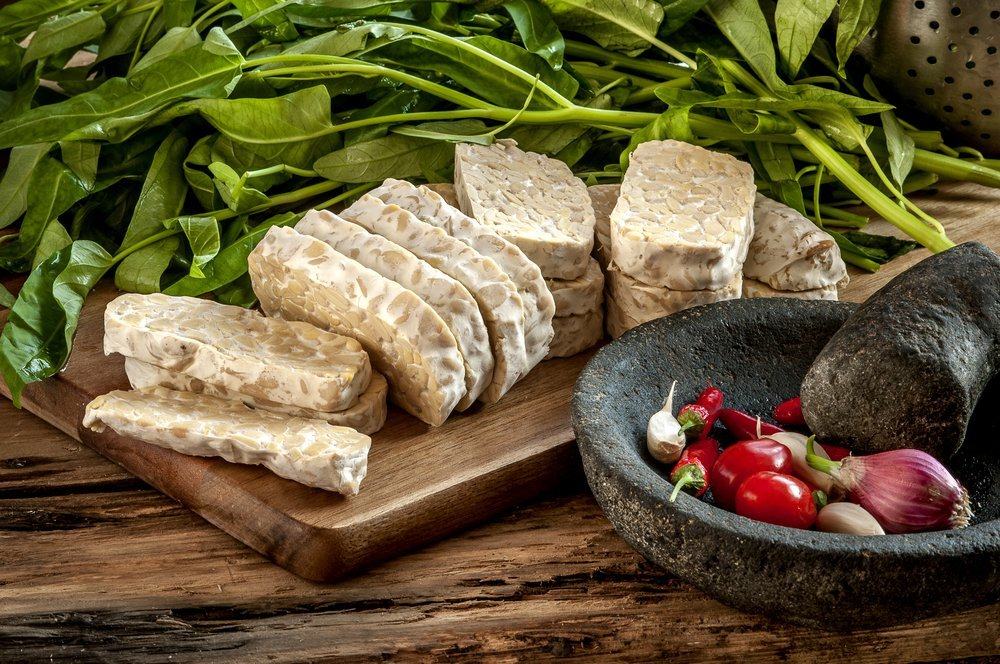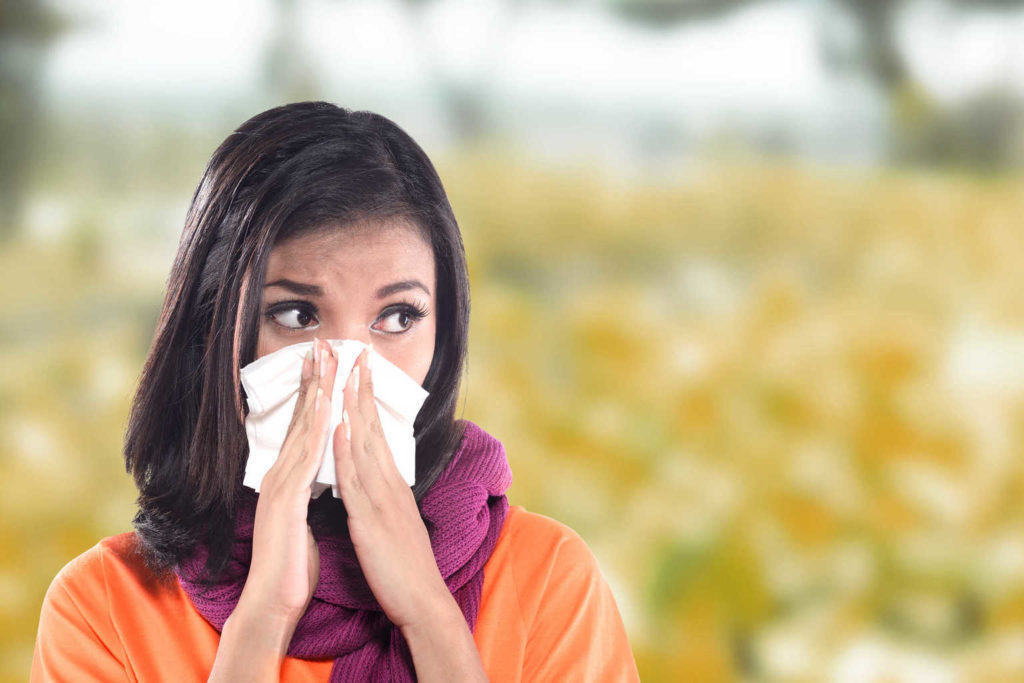Contents:
- Medical Video: 5 Common Signs of High Cholesterol
- Why is it important to control cholesterol in the blood?
- 4 types of food to control cholesterol
- 1. Foods rich in phytosterol
- 2. Fiber-rich foods
- 3. Polyunsaturated Fatty Acid omega-3 (Omega-3 PUFA)
- 4. Soy protein
Medical Video: 5 Common Signs of High Cholesterol
Lately, the foods we consume tend to be less healthy. The busyness of urban communities makes us choose easy and instant foods. The nutritional content of food is neglected. Many foods are tempting and look good, but bring health problems later on, one of which is high-fat foods.
Foods with high fat content can be transformed into various forms of food. Call it various fried foods, tarts, or barbecues. If you are not smart in choosing a menu, we will face various diseases due to the food we consume.
Why is it important to control cholesterol in the blood?
According to WHO, the top 3 causes of death in the world are non-communicable diseases. This phenomenon shifts infectious diseases which used to be a scourge of the world community. Cancer, coronary heart disease, and stroke are still the top ranks of the deaths of most people. In fact, the emergence of these 3 diseases is mostly triggered by changes in unhealthy lifestyles. The high level of carcinogens, high levels of sugar in the blood as well as high levels of fat are the direct causes of the appearance of the symptoms of the three diseases.
Especially for diseases caused by high levels of fat, we can fight it with foods that can control the formation of fat, so that fat does not become crust in various organs and cause disease.
As we know, the type of fat is divided into 3 namely good fat (HDL cholesterol), bad fat (LDL cholesterol) and triglycerides, which are types of fat derived from excess blood glucose. To maintain balance, we must increase good fat (HDL) and reduce the amount of bad fat (LDL) and triglycerides. There are several foods that can control your fat levels. What are these foods? Let's follow the explanation below.
4 types of food to control cholesterol
1. Foods rich in phytosterol
Phytosterol is a sterol which is naturally obtained from various plants. Chemically, the form of phytosterol compounds is similar to cholesterol obtained from animals. The workings of phytosterol in the body are to compete with the absorption of cholesterol in the intestine so that it can reduce the concentration of total cholesterol. Naturally, lots of fitosterol are found in vegetable oils. Phytosterol can also be found in walnuts, peas, and fresh fruits, although there are fewer than vegetable oils. Fitosterol is also often used as an additive to cooking oil and butter.
A study says consumption of phytosterol in the diet lowers LDL cholesterol (bad fat) to 15%. Intake of 2 grams / day is considered a therapeutic option to reduce LDL cholesterol. However, a higher intake of more than 3 grams per day does not reduce cholesterol concentration further. To date, several studies are still being developed to prove that there is a reduction in cardiovascular risk after routine consumption of phytosterol. Fitosterol itself has very little effect on increasing HDL cholesterol and decreasing triglycerides.
2. Fiber-rich foods
Fiber has been proven to maintain body health. Fiber diet can help facilitate digestion, improve blood glucose levels, and body fat profile. Water-soluble fiber diets such as vegetables, fruits, nuts, and cereals have a hypocholesterolemic effect, an effect that can reduce the process of cholesterol formation in the body. A diet that is soluble in water as much as 5-10 grams / day can reduce LDL cholesterol by 5%. Experts suggest that the amount of water-soluble fiber diet to reduce LDL cholesterol is 5-15 grams / day. A variety of combinations is more recommended than consuming only one type of fiber.
3. Polyunsaturated Fatty Acid omega-3 (Omega-3 PUFA)
Polyunsaturated fatty acids Omega-3 is a component in fish oil or the Mediterranean diet. A study in Japan showed that the intake of omega-3 PUFAs derived from marine products (such as fish oil) of 4 grams a day was reported to have triple effect which is very useful, namely reducing triglyceride concentrations by 25-30%, decreasing LDL cholesterol concentration by 5-10%, and increasing HDL cholesterol concentration by 1-3%. The reason is that marine products contain a lot of long-chain omega-3 PUFAs such as EPA and DHA.
While Polyunsaturated fatty acids omega-3 from plants such as soybeans and beans walnuts contain only alpha linolenic acid (moderate chain PUFA) which does not reduce triglyceride concentrations consistently. The therapeutic dose needed to reduce triglyceride concentrations is> 2 grams / day. A study in Japan reported EPA therapy related to 19% reduction in cardiovascular events.
4. Soy protein
Soy protein is very familiar to the people of Indonesia. We commonly find this protein in the form of tempeh, tofu, and soy milk. Many studies suggest that protein in soy is associated with a 3-5% reduction in LDL cholesterol. A study showed 25 mg / day intake was associated with a decrease in LDL cholesterol of 5 mg / dL. Most of the other studies used soy protein intake of more than 40 mg / day and it was proven that the body fat profile decreased.
READ ALSO:
- Could My Child Have High Cholesterol?
- 5 Healthier Choices for Cooking
- 4 Things To Do If You Have Diabetes












